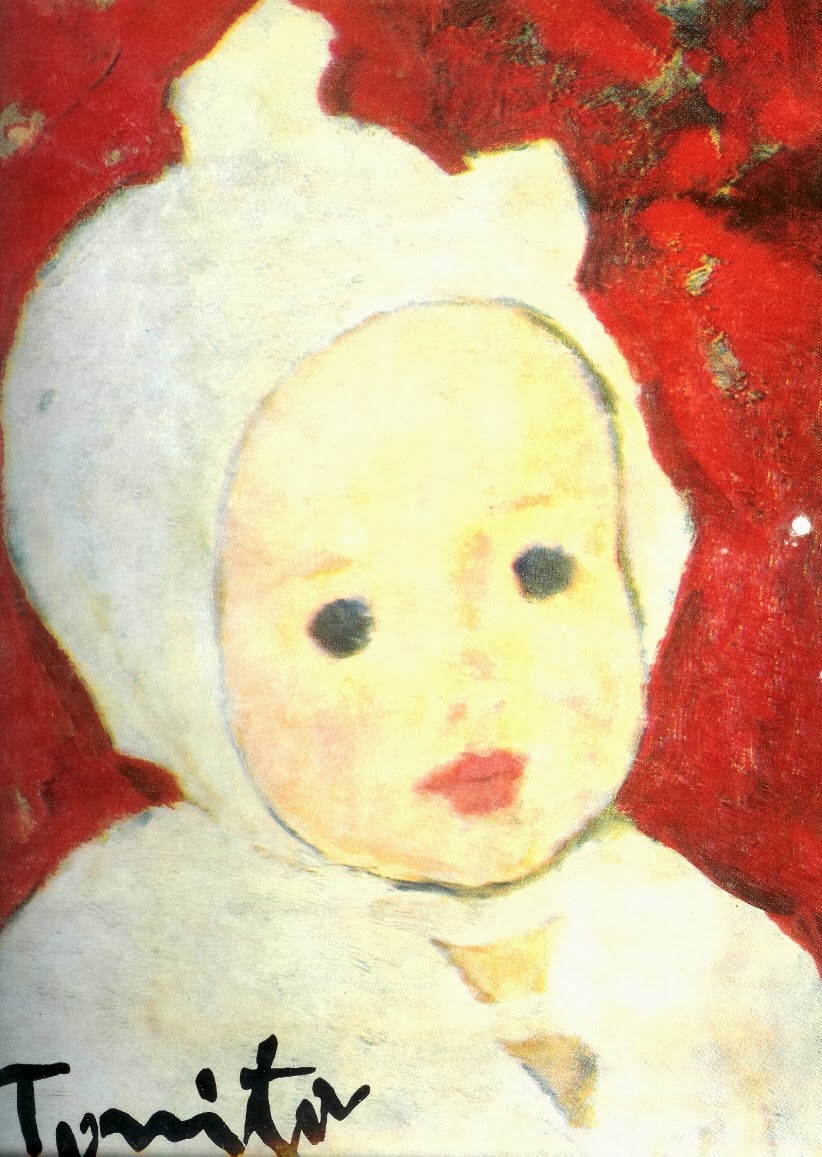Nicolae Tonitza (1886 – 1940) was a Romanian painter, engraver, lithographer,
journalist and art critic. Drawing inspiration from Post-impressionism and
Expressionism, he had a major role in introducing modernist guidelines to local
art. In
1902 he joins the National School of Fine Arts in Iaşi. In 1908 he left
for Munich, where he attended the Königliche Bayerische Akademie der
Bildenden Kunste (Royal Academy of Fine Arts); he began publishing
political cartoons in Furnica (The Ant), and contributing art criticism
articles to Arta Română (Romanian Art). Tonitza spent the following
three years in Paris, where he visited artists' studios, and studied famous
paintings. After his return, Tonitza finished his studies and received also a
church painter diploma. He then painted the churches of Grozeşti, Scorţeni,
Silişte, Poeni, Văleni in Moldavia and worked as an art teacher, and then,
together with Cezar Petrescu, as editor of Iaşul newspaper. In
1926, Tonitza, Oscar Han, Francisc Şirato, and Ştefan Dimitrescu, organized
themselves as Grupul celor patru ("The Group of Four"). He met
success in 1925, after opening a large exhibit in Bucharest, while raising
controversy (including criticism from Ressu) over his "poster-like"
style.
His aesthetic options were built around the problems of Impressionism, the achievements of the Post-Impressionists, the decorative trends of Modern Style. His equilibrium, his hedonism, his tempered sensitiveness are turned into the brilliancy of light and color in the harmony between color and line. Beyond the everyday torments, his painting remained serene, expressing a classicist artistic ideal. Highly influential and admired, he inspired several generations of artists with his works, which were at the same time original, strong and vivid
His aesthetic options were built around the problems of Impressionism, the achievements of the Post-Impressionists, the decorative trends of Modern Style. His equilibrium, his hedonism, his tempered sensitiveness are turned into the brilliancy of light and color in the harmony between color and line. Beyond the everyday torments, his painting remained serene, expressing a classicist artistic ideal. Highly influential and admired, he inspired several generations of artists with his works, which were at the same time original, strong and vivid




No hay comentarios:
Publicar un comentario